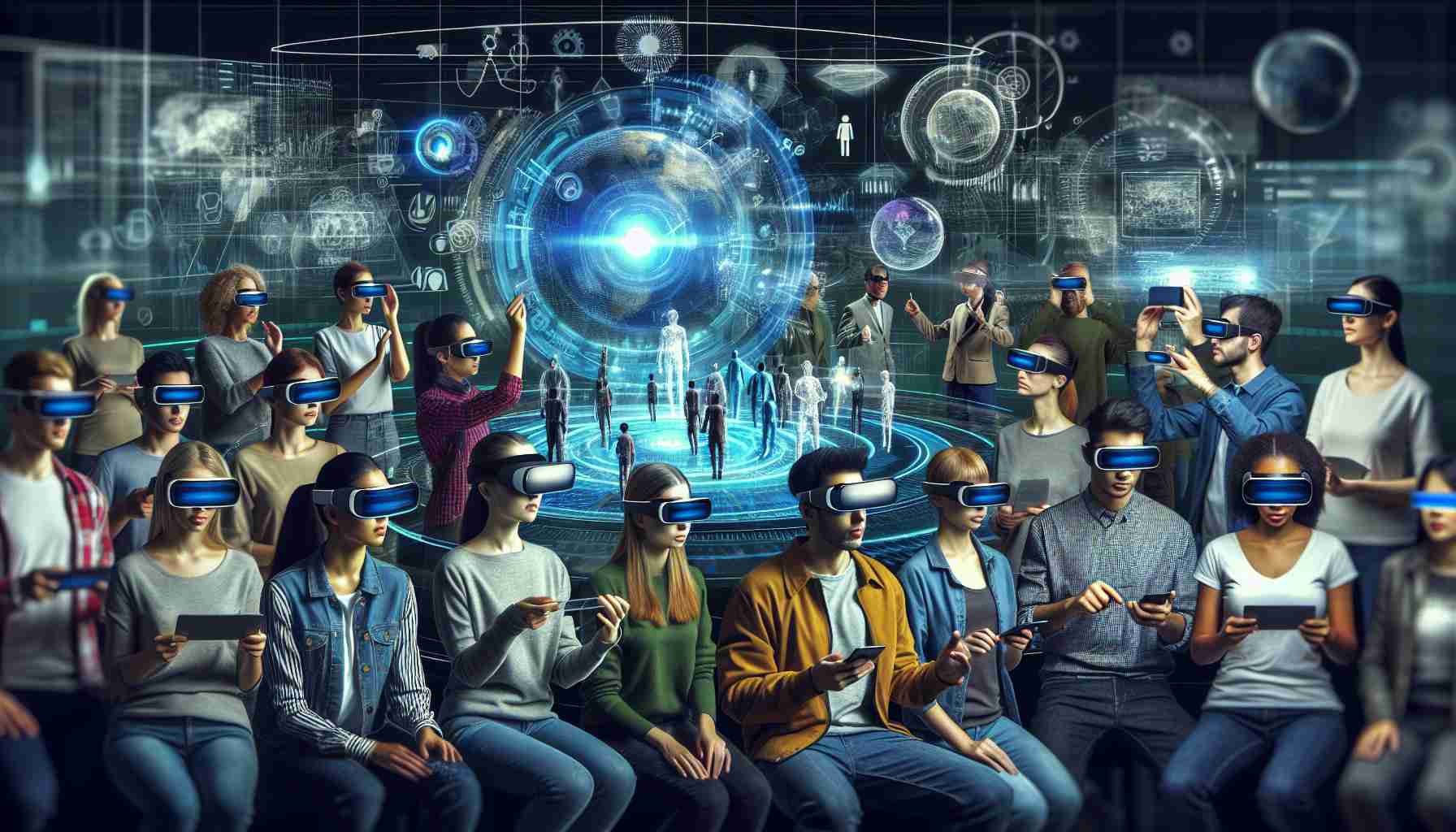Augmented Reality: Moving Away from Mainstream
Microsoft’s decision to cease production of the Hololens 2 signifies the end of an era for the mixed reality headset. Despite no official plans for a successor, the tech giant’s move reflects a broader shift in the AR market. Past hypes around AR technologies have often struggled to resonate with mainstream consumers due to high price points and limited compelling content offerings.
Shifting Landscape in AR Industry
While Microsoft’s Hololens 2 journey ends, the collaboration with Meta showcases continued interest in AR ventures. With Meta’s own Quest lineup facing challenges and upcoming releases, the competitive landscape remains dynamic. The recent setbacks in the AR space, including Apple’s struggles with the Vision Pro, underline the complex nature of bringing AR experiences to the masses.
Overcoming Hurdles in AR Adoption
The failure of Hololens 2 and similar setbacks from other tech players highlight the formidable obstacles in the AR and VR market. Skyrocketing prices, content limitations, and lukewarm user reception have hindered widespread adoption, leading industry giants to reassess their AR strategies. As the industry evolves, challenges persist in delivering AR experiences that resonate with everyday consumers.
Looking Ahead in AR Technology
As we navigate the dynamic AR landscape, innovation and user-centric approaches will be key in driving future success. With the market demanding more affordable, immersive, and practical AR solutions, companies must pivot towards creating experiences that cater to diverse consumer needs. While established players face hurdles, the evolving AR ecosystem points towards a future where AR technologies may find broader acceptance and integration into daily life.
The Future of Augmented Reality: Unveiling New Horizons
As the AR industry continues to evolve, several key questions emerge regarding the future of augmented reality technologies. These queries shed light on the challenges and opportunities that lie ahead for this innovative sector.
What are the Next Big Trends in AR Technology?
One important aspect to consider is the emergence of spatial computing, which enables more immersive AR experiences by integrating digital information seamlessly into physical environments. Companies exploring spatial computing stand at the forefront of innovation, seeking to revolutionize how users interact with AR content.
Another significant trend is the integration of artificial intelligence (AI) in AR applications, enhancing real-time data processing, object recognition, and personalized user experiences. By leveraging AI capabilities, AR developers can deliver more intelligent and intuitive interactions, shaping the future of augmented reality in exciting ways.
What Challenges Await the AR Industry?
Despite the promising advancements in AR technology, challenges persist in achieving widespread adoption and mainstream success. One major obstacle is the need to address privacy concerns related to AR devices capturing and analyzing user data, raising ethical dilemmas about data security and user consent.
Additionally, the fragmentation of AR hardware and software ecosystems poses interoperability challenges, hindering seamless integration and scalability across different platforms. Standardizing AR technologies to ensure cross-compatibility remains a crucial issue for industry stakeholders to tackle for the sustainable growth of augmented reality.
Advantages and Disadvantages of AR Integration
One of the key advantages of AR integration is its potential to enhance productivity in various industries, from manufacturing and healthcare to education and entertainment. By overlaying digital information onto physical environments, AR empowers users with valuable insights, interactive content, and real-time guidance, revolutionizing how tasks are performed and experiences are delivered.
However, the drawbacks of AR technology include concerns about dependency and addiction to augmented realities, as prolonged exposure may lead to disconnection from the physical world and social interactions. Balancing the immersive nature of AR experiences with responsible usage and mental well-being considerations is essential to mitigate the negative impacts of prolonged AR usage.
In conclusion, the future of augmented reality holds immense promise, accompanied by diverse challenges that demand innovative solutions and collaborative efforts from industry players, regulators, and users alike. By addressing key questions, navigating emerging trends, and overcoming hurdles, the AR landscape stands poised for remarkable advancements and transformative applications in the years to come.
For further insights on the future of augmented reality technologies, visit AR Insider.
